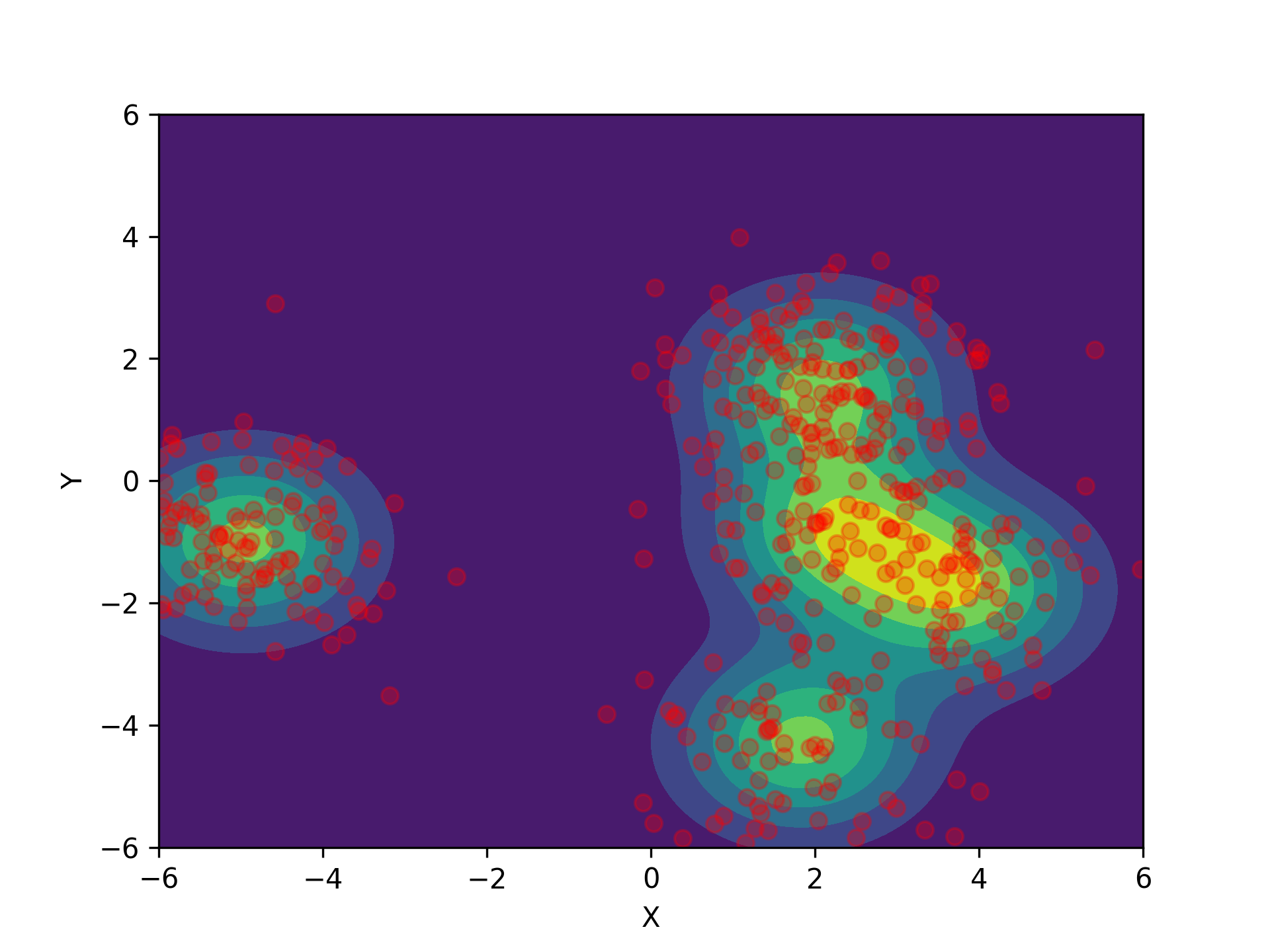Non-geodesically-convex optimization in the Wasserstein space

0

Sign in to get full access
Overview
- This paper explores non-geodesically-convex optimization in the Wasserstein space, a topic with important implications for areas like approximation theory in deep learning, Riemannian optimization, and generative modeling.
- The authors investigate the properties of non-convex functions in the Wasserstein space, which is a metric space that measures the distance between probability distributions.
- They provide theoretical analysis and algorithms for optimizing these non-geodesically-convex functions, with potential applications in areas like optimal transport and variational inference.
Plain English Explanation
The paper focuses on a mathematical concept called the Wasserstein space, which is a way of measuring the distance between different probability distributions. This is useful in many areas of machine learning and optimization, such as generative modeling, where we want to find probability distributions that match some target distribution.
The key insight is that the Wasserstein space is not "geodesically convex" - this means that the shortest path between two points in the space may not be a straight line. This makes optimization more challenging, as many standard optimization techniques rely on the assumption of convexity.
The authors tackle this problem by analyzing the properties of non-convex functions in the Wasserstein space. They develop theoretical tools and algorithms for optimizing these non-geodesically-convex functions, which could have important applications in areas like optimal transport and variational inference.
Technical Explanation
The paper studies the optimization of non-geodesically-convex functions in the Wasserstein space, a metric space that measures the distance between probability distributions. This is an important topic with applications in approximation theory for deep learning, Riemannian optimization, and generative modeling.
The key challenge is that the Wasserstein space is not geodesically convex, meaning the shortest path between two points may not be a straight line. This breaks many standard optimization techniques that rely on convexity assumptions. The authors provide a thorough theoretical analysis of the properties of non-geodesically-convex functions in the Wasserstein space and develop algorithms for optimizing them.
Their analysis covers topics like stationary points, descent directions, and convergence rates. They also propose several algorithmic approaches, including proximal gradient methods and Frank-Wolfe-style algorithms. The theoretical and algorithmic contributions could have important implications for areas like optimal transport and variational inference.
Critical Analysis
The paper provides a rigorous mathematical analysis of non-geodesically-convex optimization in the Wasserstein space, but there are some potential limitations and areas for further research:
-
The theoretical analysis focuses on first-order optimality conditions and descent directions, but higher-order properties and second-order algorithms are not explored. This could be an interesting direction for future work.
-
The proposed algorithms, while theoretically justified, may have practical challenges in terms of computational complexity and scalability to high-dimensional problems. More work is needed to develop efficient implementations.
-
The paper does not consider the impact of model misspecification or the presence of noisy or corrupted data, which are common issues in real-world applications. Robust optimization approaches could be a fruitful area for further research.
-
While the authors discuss potential applications in areas like optimal transport and variational inference, the paper does not provide extensive empirical validation of the proposed techniques on real-world problems. Demonstrating the practical utility of the methods would strengthen the impact of the work.
Overall, the paper makes valuable theoretical contributions, but further research is needed to address the practical challenges and expand the scope of the methods.
Conclusion
This paper tackles the challenging problem of non-geodesically-convex optimization in the Wasserstein space, a topic with important implications for machine learning and optimization. The authors provide a comprehensive theoretical analysis of the properties of these non-convex functions and develop algorithms for optimizing them.
The insights and techniques presented in this work could have far-reaching applications in areas like approximation theory for deep learning, Riemannian optimization, and generative modeling. By expanding our understanding of optimization in the Wasserstein space, this research opens up new possibilities for developing advanced machine learning models and algorithms.
While the paper lays a strong theoretical foundation, further work is needed to address practical challenges and validate the methods on real-world problems. Nonetheless, this work represents a significant contribution to the field and is sure to inspire future research in this exciting and rapidly evolving area.
This summary was produced with help from an AI and may contain inaccuracies - check out the links to read the original source documents!